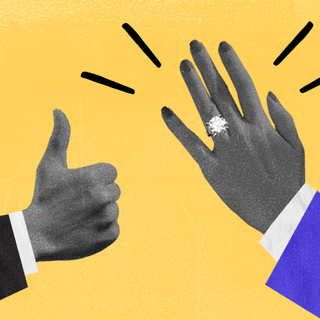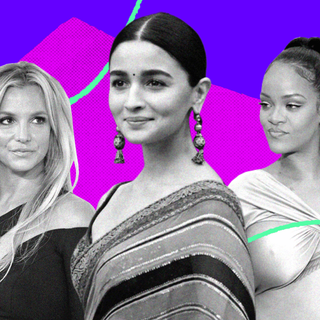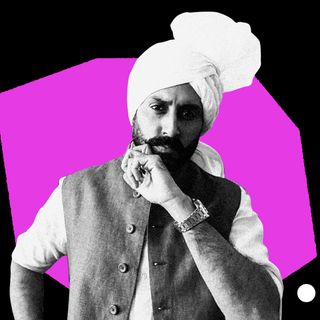A peculiar phenomenon plagues the corridors of our digital lives; it resembles the satin dresses that make a person look like a delicious mousse more than a real human. Even the tie-dye patterned co-ord set with trademark white sneakers. An off-shoulder crop top, a bralette, or a polka dot dress that sits snugly on a model on her way to brunch, seemingly, are all omnipresent. What unites all of these looks is not just their ubiquity, but how these clothes have turned into the aspirational aesthetic of a generation.
The brand that got there first, spawning all the mini-brands in its wake, is Shein. Last week, the fast-fashion megalith was valued at $100 billion. The company’s ban in India notwithstanding, Shein is almost singlehandedly responsible for popularizing this Instagram aesthetic. That despite claims of anti-sustainability and stealing art from indie designers, it continues to be a major player and even exports homogenous ideas of beauty and fashion globally is a concerning prospect.
Right now, just like the multi-billion brand’s supply chains, the aesthetic it carves is at once rootless and global. Instagram, as a homogenizing force, plays a role in exporting ideas of beauty and fashion to more people than ever before. As a result, everybody from India to Uzbekistan now has access to an aspirational fashion sensibility that vouches for someone’s socio-cultural capital. “Going out” outfits are now predominantly modeled after a vaguely white-but-not-white, bronze-ish skin tone; a smooth, toned body that is “thick” in the right places. This look is accompanied by the Instagram poses, by Instagram-face makeup, and by friends who hype each other’s “lewk.” Importantly, these have to be worn in the right places: at parties, clubs, bold colored walls, in front of interesting doorways, at a fancy restaurant with the sun shining as though just for the person in the frame.
But this phenomenon, like all major shifts in beauty culture, is predominantly directed at women. The pressure to optimize every aspect of your visible being for the perfect Instagram photo made for the perfect vacuum that welcomed companies like Shein that offer everything any aspiring social media-savvy young woman could need at affordable prices. As a fast fashion brand, Shein has not only provided a more than steady stream of clothing for the Instagram generation, it also re-inscribed norms around beauty and fashion that were exclusionary to begin with — in the name of accessibility.
Related on The Swaddle:
Manufacturing New Clothes Will Always Harm the Environment
Another hallmark of the aesthetic that Shein swoops in to provide, for instance, is the baggy aesthetic that accentuates thinness and a toned mid-riff. Fast fashion was never friendly to all body-types; but the current iteration operates under a cloud of faux inclusivity — it caters to thinness and insists that it is for everyone.
But when this particular look becomes the aspiration globally, it makes Shein the sole distributor of dreams — not only of fashion, but also of body types. If the company is worth more than Zara and H&M combined today, it is because it sells and profits off the desired body type that is unattainable by most. In other words, the combination of Instagram algorithmic hijinks and late-capitalist fashion is a blitzkrieg on young women constantly subjected to changing expectations around beauty.
All this necessitates a devastating cycle of exploitation of humans and the Earth. “By implementing automation to optimize production efficiency and our supply chain, we… provide customers with an affordable range of hyper-trendy styles,” Shein’s founder once said. As a brand that emerged to keep up with Instagram’s infinite scroll and ever-shrinking attention spans, Shein represents the worst excesses of capitalist production optimizing for ever-changing lifestyle trends. The company produces up to 2,000 products per day — far outpacing the usual suspects in fast fashion.
We don’t need Shein in India to feel its effects. Multiple other online-only retailers have cropped up in its absence, promising the same look. Shein itself has found an inroad into India via e-commerce sites. But the costs are far more destructive than they seem — they change how we perceive ourselves, and how we live our lives — all for the perfect snap on the ‘gram.




